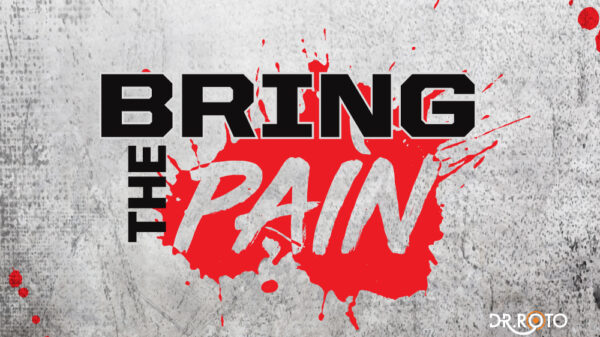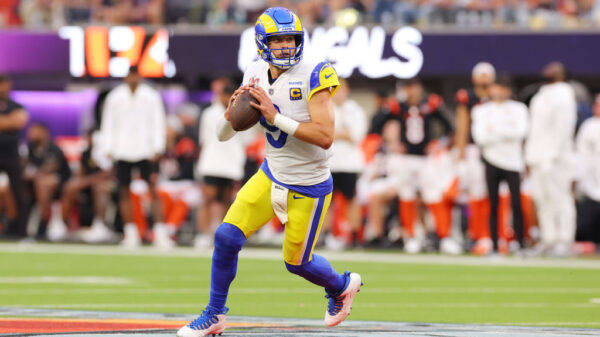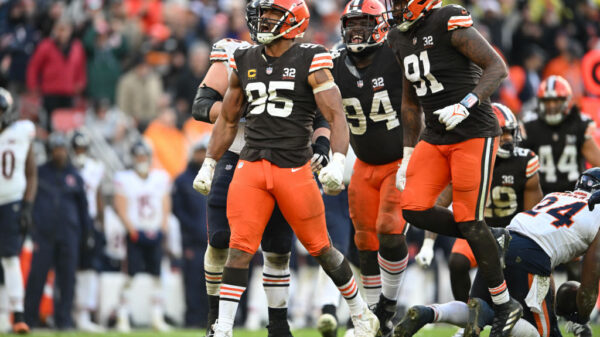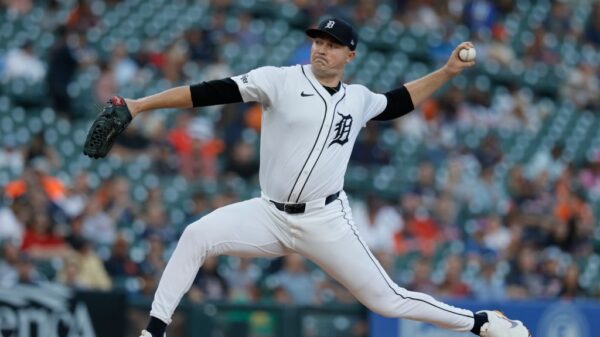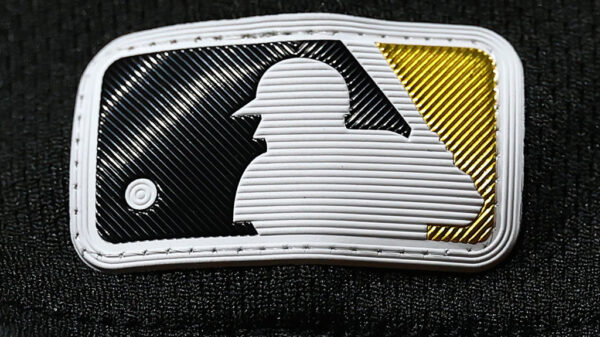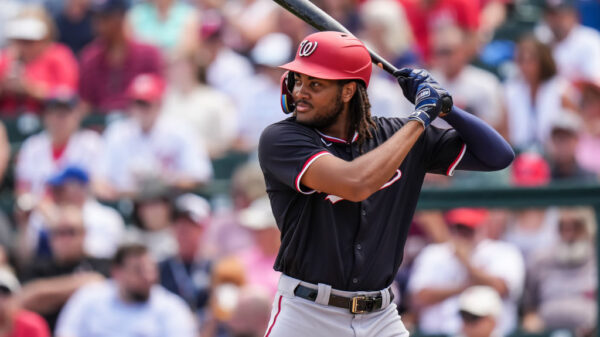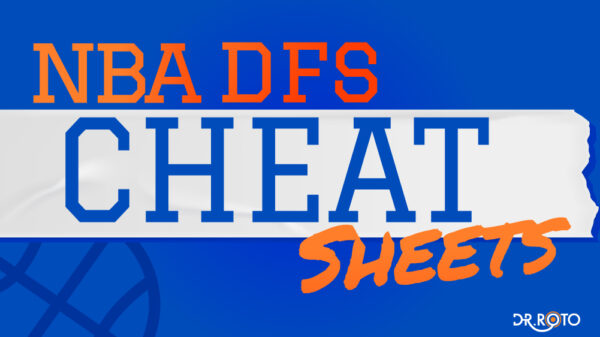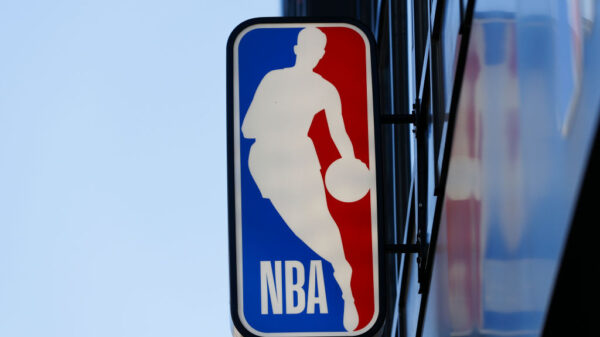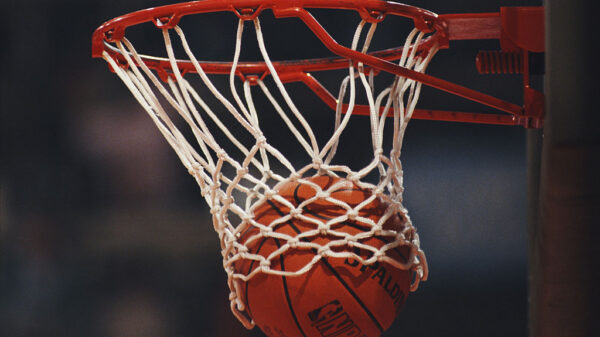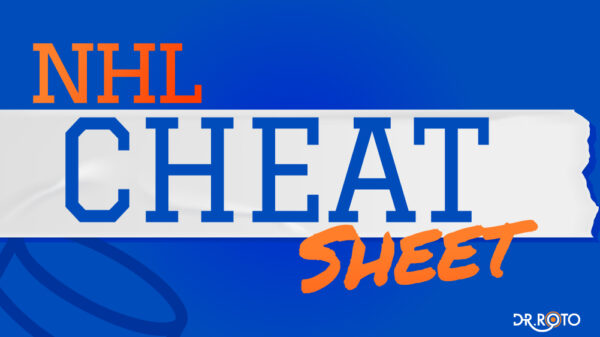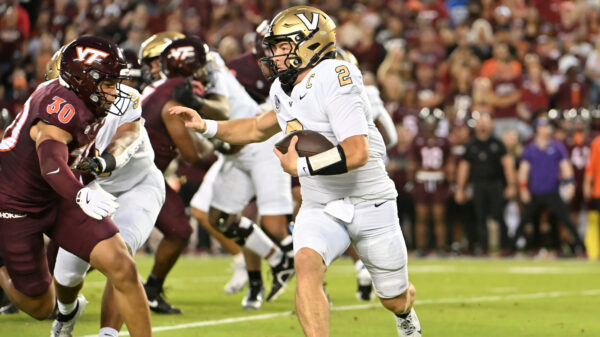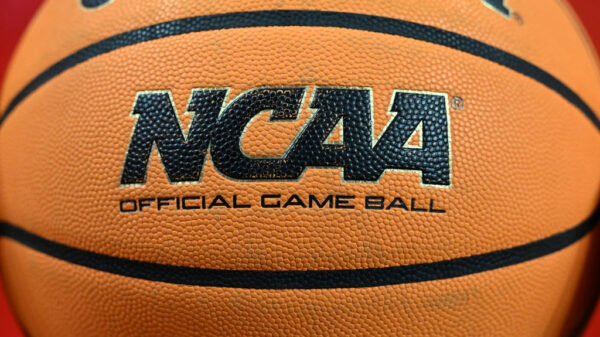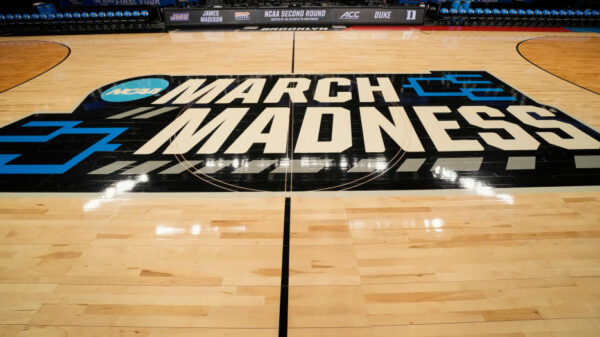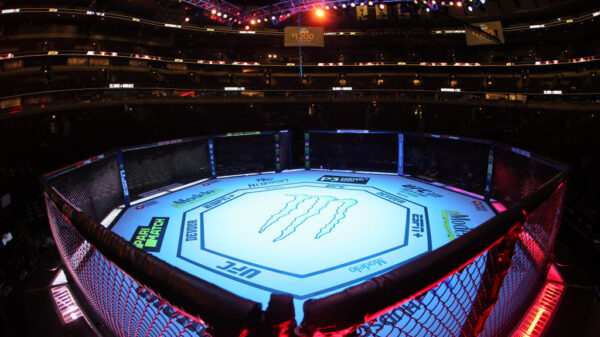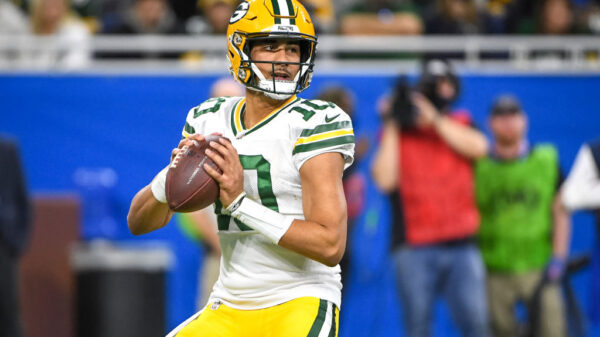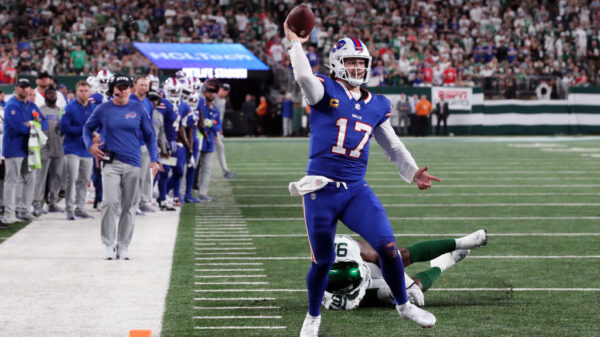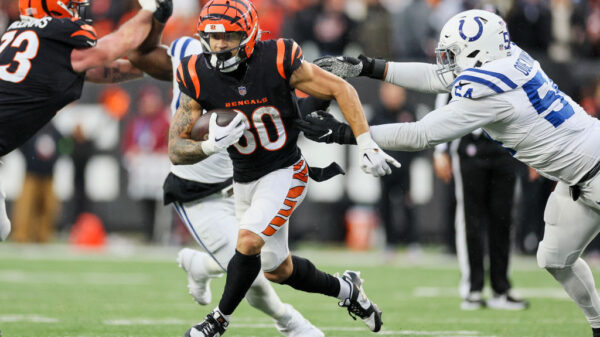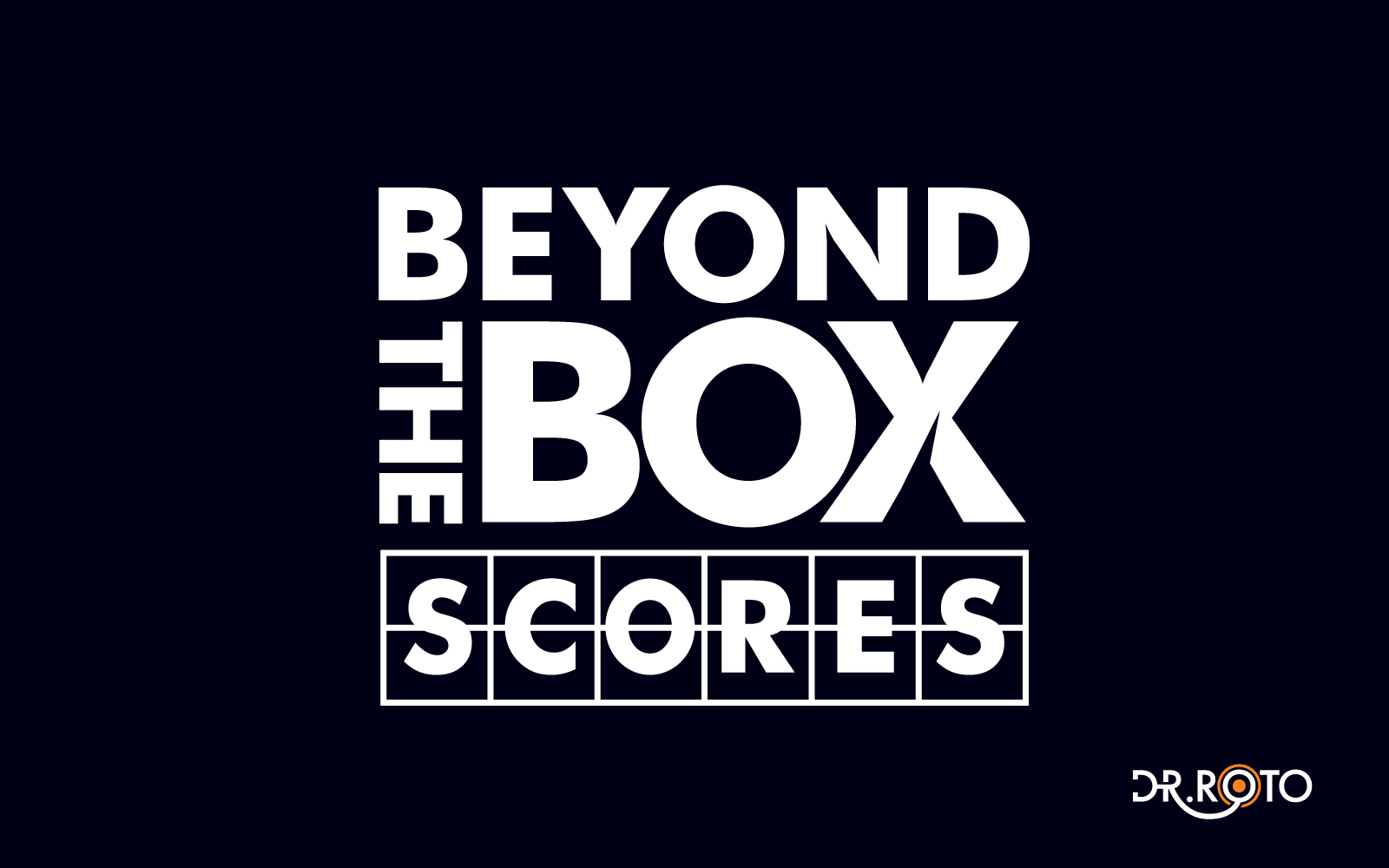The NFL Draft is just two days away … but that’s not what I’m going to be talking about here. I’m somehow still not even halfway through looking back at each team’s 2023 season, so it’s time to keep grinding. Next up is the Jaguars, let’s get right into it.
Ground Rules: Check out the first edition here for a full explanation of what’s going on. All scoring is Half-PPR, Week 18 stats are not included (so a full season is 16 games), and only players currently being drafted in the top 200 of Underdog Best Ball drafts are covered.
Quarterback
Trevor Lawrence
The Box Scores
- Total Points: 258.3; QB14
- Games Played: 15
- Points Per Game: 17.2; QB18
Beyond The Box Scores
- Full Games Played: 14
- Points Per Full Game: 17.4; QB17
Trevor Lawrence’s 2023 season was undoubtedly a disappointment. With Calvin Ridley added to his stable of weapons, the first overall pick of the 2021 NFL Draft was supposed to take a step forward and cement himself as a true fantasy QB1. Instead, he just … didn’t. Looking at his game log, T-Law’s season doesn’t look too bad: He had five top-10 weekly finishes and provided a fairly high floor, with only two healthy games below 14 points. He even managed some non-negligible fantasy production on the ground thanks to a handful of attempts per game, ranking ninth among the top 32 fantasy QBs with 22.2% of his points coming from his legs. However, that number also points to a bigger problem: Lawrence just didn’t score that many fantasy points with his arm. Despite finishing the season 10th in passing yards, he never once broke 20 fantasy points in a game where he didn’t score a rushing touchdown (he finished the season with four TDs on the ground, all of which came in a three-game stretch). The Jaguars did rank fifth in pass rate over expected, but a bad 3.7% TD rate (11th-worst among qualified QBs) and a mediocre 7.1 yards per attempt kept Lawrence’s numbers firmly in check.
Takeaway
That was a negative blurb, but I don’t hate Lawrence for fantasy football in 2024 in 2-QB or Best Ball formats. He’s not likely to finish as a QB1, but he’s not being drafted like it: His ADP is QB16, as the fantasy community has clearly moved on from expecting a huge step forward in his production. I think he fits just about perfectly there, making him a solid QB2 pick.
Want more expert NFL Draft and Fantasy Football content? Subscribe to DrRoto.com!
Running Back
Travis Etienne
The Box Scores
- Total Points: 15.1; RB3
- Games Played: 16
- Points Per Game: 242.2; RB5
Beyond The Box Scores
Etienne started the season on an absolute tear, with top-10 weekly finishes in six of the first eight weeks on 18.8 points per game. However, he had just one more top-10 finish and only two other top-20 finishes over the last nine weeks of the season, and his average plummeted to 11.4 points per game. A whole combination of factors led to this decline down the stretch: bad game scripts, minor injuries, a decline in usage, reduced touchdown luck … you name it, Etienne dealt with it. Still, even in his bad half of the season, Etienne’s usage was great: He saw a 66% RB rush share (12.7 carries per game) and, despite ceding a good amount of passing-down usage to D’Ernest Johnson, an 11% target share (4.0 targets per game). And he dominated the goal line, with no other Jaguars RB seeing a carry inside the five after Week 3.
So was Etienne a good RB who got unlucky in the second half, or a bad RB who got lucky in the first half? Looking at advanced metrics, the answer might be some of both. He grades out well in some rushing metrics (seventh in relative yards per carry) and poorly in others (-0.29 yards over expected per carry). He was efficient as a receiver out of the backfield, ranking 15th in PFF Receiving Grade and 10th in yards per route run (screens excluded) among running backs. His overall season ranking of RB5 is maybe a bit generous, but I certainly wouldn’t call his second-half performance a fair reflection of his combination of role and talent either.
Takeaway
I didn’t expect to have this take coming in, but I think Etienne is slightly undervalued heading into 2024. After all, he just finished as a top-five back in both total points and points per game but is now being drafted as the RB11. I think if we switched the first and second halves of his 2023 season, he would be a consensus top-five RB. Obviously, we can’t ignore his struggles in the back half of the year, but, especially because there’s no obvious reason for his decline that we should expect to carry over into 2024, we shouldn’t let it completely overshadow his excellent first half. As long as he survives the upcoming draft with no real competition added to the Jaguars’ RB room, I think Etienne will continue to dominate volume in Jacksonville en route to another top-10 finish. With that said, it’s always easier to say a player is generically undervalued than it is to list the specific players being drafted above them who they should move above, and such is the case with Etienne. At the very least, I’d take him above Josh Jacobs.
Wide Receiver
Calvin Ridley
The Box Scores
- Total Points: 172.3; WR24
- Games Played: 16
- Points Per Game: 10.8; WR29
Beyond The Box Scores
Ridley may have technically finished as a WR2 in total points at WR24, but it’s hard to argue that his season in Jacksonville was anything but a fantasy football disappointment. He had four games (including Week 18) inside the top 10 receivers but also nine outside the top 40. Even for a typically boom-or-bust position like wide receiver, that level of inconsistency from a highly drafted player can kill a fantasy season. The biggest narrative on Ridley during the season was that he performed better when Zay Jones (who missed time repeatedly due to injuries) was healthy, but I didn’t buy that narrative during the season, and it looks even less real in hindsight, as Ridley averaged just 6.3 Half-PPR points in Jones’ final three healthy games during the fantasy season then immediately dropped 22.8 with Jones out in Week 16. Indeed, the real issue with Ridley’s fantasy production seems to be that he simply isn’t the elite talent many were projecting him to be. He did earn plenty of targets, especially down the field and in the red zone, ranking ninth in total air yards for the season and leading all WRs with 24 end-zone targets. But he ranked 45th among qualified WRs in PFF Receiving Grade and 50th in yards per route run. Ridley also posted the third-highest drop rate and tied for the 11th-worst contested catch rate among 41 WRs with at least 90 targets.
Takeaway
Ridley will enter his age-29/30 season on the third team of his career, as he landed a big payday from the Titans in free agency. I’m not quite too sure what to make of this landing spot, especially given Ridley’s relatively modest WR37 ADP. On the one hand, Ridley might be a better fit as the flanker to DeAndre Hopkins’ X than he was as the Jaguars’ theoretical alpha. On the other hand, Hopkins, even at 31 years old, was a target hog in 2023 and graded out better than Ridley by just about every metric. And Will Levis’ rookie season was not on the same level of efficiency as Trevor Lawrence’s 2023 … which isn’t even saying that much. Putting it all together, I’m slightly out on Ridley, who, outside of 2020, has never really lived up to his reputation in fantasy circles. He’s not the worst pick at WR37, but there are a few names (including his teammate Hopkins) going after him that I would rather click on.
Christian Kirk
The Box Scores
- Total Points: 121.8; WR43
- Games Played: 12
- Points Per Game: 10.1; WR36
Beyond The Box Scores
- Full Games Played: 11
- Points Per Full Game: 10.8; WR33
After Week 1, I was fully ready to give up on Kirk. He caught just one pass for nine yards and, more importantly, ran just a single route in two-receiver sets, continuing a trend from the preseason. However, an injury to Zay Jones in Week 2 allowed Kirk to step back into a more full-time role. Still operating mostly out of the slot, Kirk actually easily led the Jaguars in both targets (8.1 per game) and yards (75.2 per game) between Week 2 and Week 13 (when he went down with a season-ending injury of his own). Over that stretch, Kirk averaged 11.7 Half-PPR points per game, which would have ranked him as the WR21 for the season. Some of Kirk’s advanced stats are also impressive: a solid 21% target per route run rate, a very good 2.01 adjusted yards per route run, and an elite 9.85 yards per target. On the other hand, his more mediocre 72.5 PFF Grade may indicate that Kirk was more a product of volume than a truly great talent, so I’m taking those numbers with a grain of salt.
Takeaway
The question with Kirk is simple: Will he play in two-receiver sets? If the answer is yes, he is a value at WR33 in ADP. He was the WR21 in points per game in that role last season, and that was with Calvin Ridley in town. If it’s no, I find it hard to justify spending a top-60 pick on a player with a severely capped ceiling (the Jaguars had three or more WRs on the field for passing plays at the 11th-lowest rate in the league last season). Luckily, I think the answer is yes. While it did take an injury to Jones for Kirk to begin seeing routes in two-WR sets, he maintained that role even after Zay returned: Kirk ran 19 such routes to Zay’s five (and Ridley’s 20) in Weeks 11 and 12, the two weeks following Jones’ return before Kirk’s own injury. Kirk appears to have established himself as a favored and effective target for Trevor Lawrence, and that is going to keep him on the field. Receiver is so deep in fantasy drafts that I can’t argue for Kirk moving up more than a slot or two, but I’ll happily draft him at cost as the WR33.
Tight End
Evan Engram
The Box Scores
- Total Points: 154.4; TE6
- Games Played: 16
- Points Per Game: 9.7; TE7
Beyond the Box Scores
Engram’s 2023 season had just about everything you want to see from a fantasy tight end, especially from a volume standpoint. He ranked third at the position in both routes and targets, ran three-quarters of his routes from out wide or in the slot, and blocked on less than 3% of his pass snaps. However, he was lacking in the two most valuable kinds of volume: big plays and red-zone work. He ranked tied for 17th among tight ends with just nine red zone targets, and his 8.4 yards per reception was easily the lowest among the 15 most-targeted TEs. That yards per reception number can mostly be attributed to his very low 5.0 ADOT, but he also averaged just 4.6 YAC/reception, very disappointing given that low ADOT and his elite athleticism. Still, Engram saw enough volume to easily finish as a TE1, and a lack of reliance on big plays or TDs made him very consistent: He finished as a top-10 TE in nine of 17 weeks and was outside the top-15 TEs just four times. He also exploded down the stretch with Kirk injured, averaging 15.2 PPG on a whopping 10.2 targets in Weeks 13-18. However, the flip side is that he was much worse with Kirk healthy, averaging just 7.5 points in those 11 games.
Takeaway
I came into this article expecting to argue that Engram was undervalued at TE8 in ADP. But having looked back at his 2023, especially his splits with and without his fellow slot specialist Kirk, I’m much less convinced. Positive regression in the red zone department, especially with Ridley and his 24 end-zone targets out of the building, should help Engram finish as a backend TE1 again. But given he had a dream season in terms of volume and still finished as the TE7 in PPG, it’s hard to see a path to game-changing upside. He’s a fine pick at TE8 if you want a solid TE1, but nothing more.


